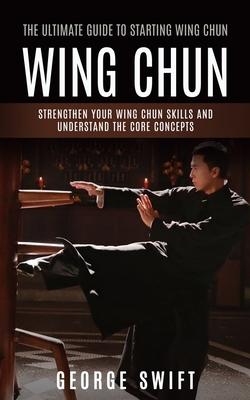Self-defense is much more complex than sport combat. In real-world violence we don't know when and where, nor against whom we'll be forced to fight. Is it just one opponent? Is someone trying to break into your house? Are you in a parking lot, surrounded by a multitude of hard and unforgiving objects? Are you alone or with your family? You see, self-defense isn't going to happen in a way you can predict and will, by definition, happen suddenly at a time of the aggressor's choosing. For this reason we need a martial art system that provides the critical reflexes, muscle memory and tactical knowledge to adapt without our offense sacrificing our defense and vice-versa.
Here is a preview of what you'll learn...
- What is wing chun?
- Who invented wing chun?
- Can i start wing chun at anytime?
- Will i be out of place?
- Can i watch a class?
- Is wing chun suitable for everyone?
- Is it even suitable for the disabled?
- Am i too old to start wing chun?
Moreover, we explore the importance of tactical awareness, empowering practitioners to read opponents and exploit their weaknesses. Lastly, we discuss the art of adaptability and flow, equipping practitioners with the ability to seamlessly adapt strategies in dynamic combat situations.
